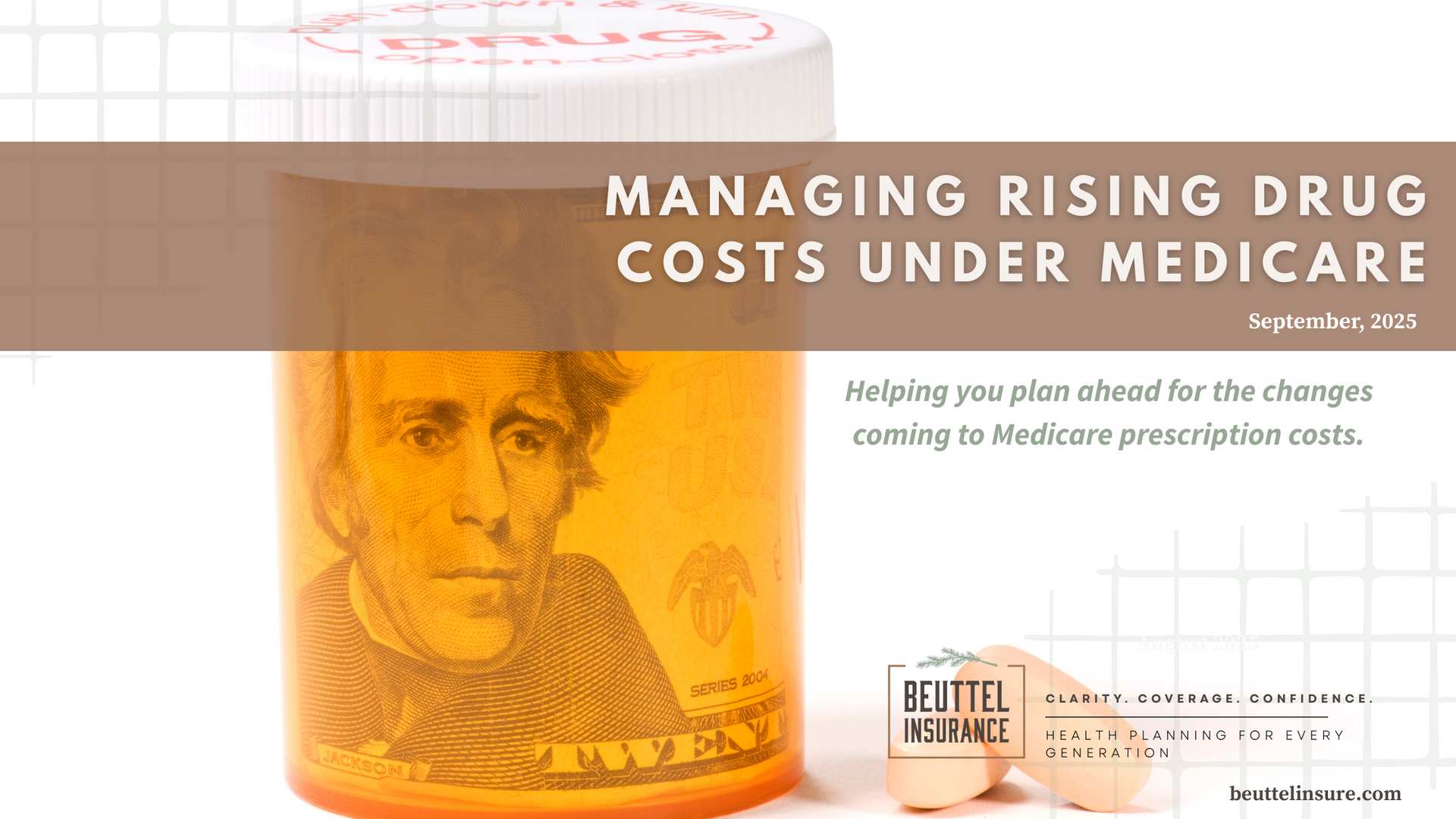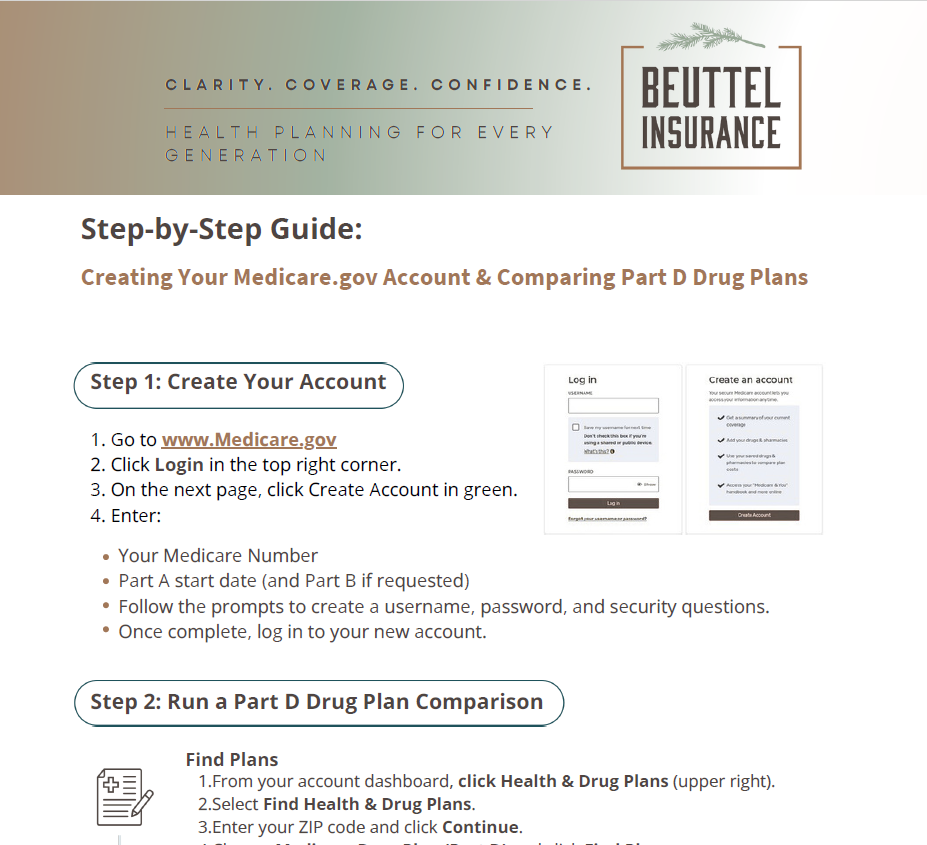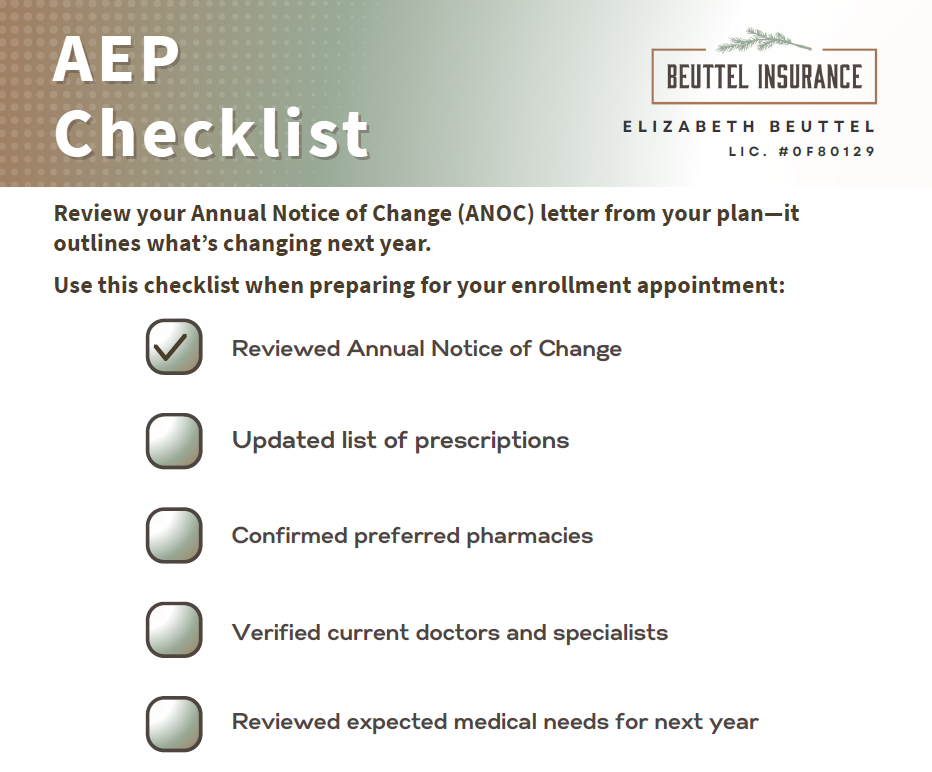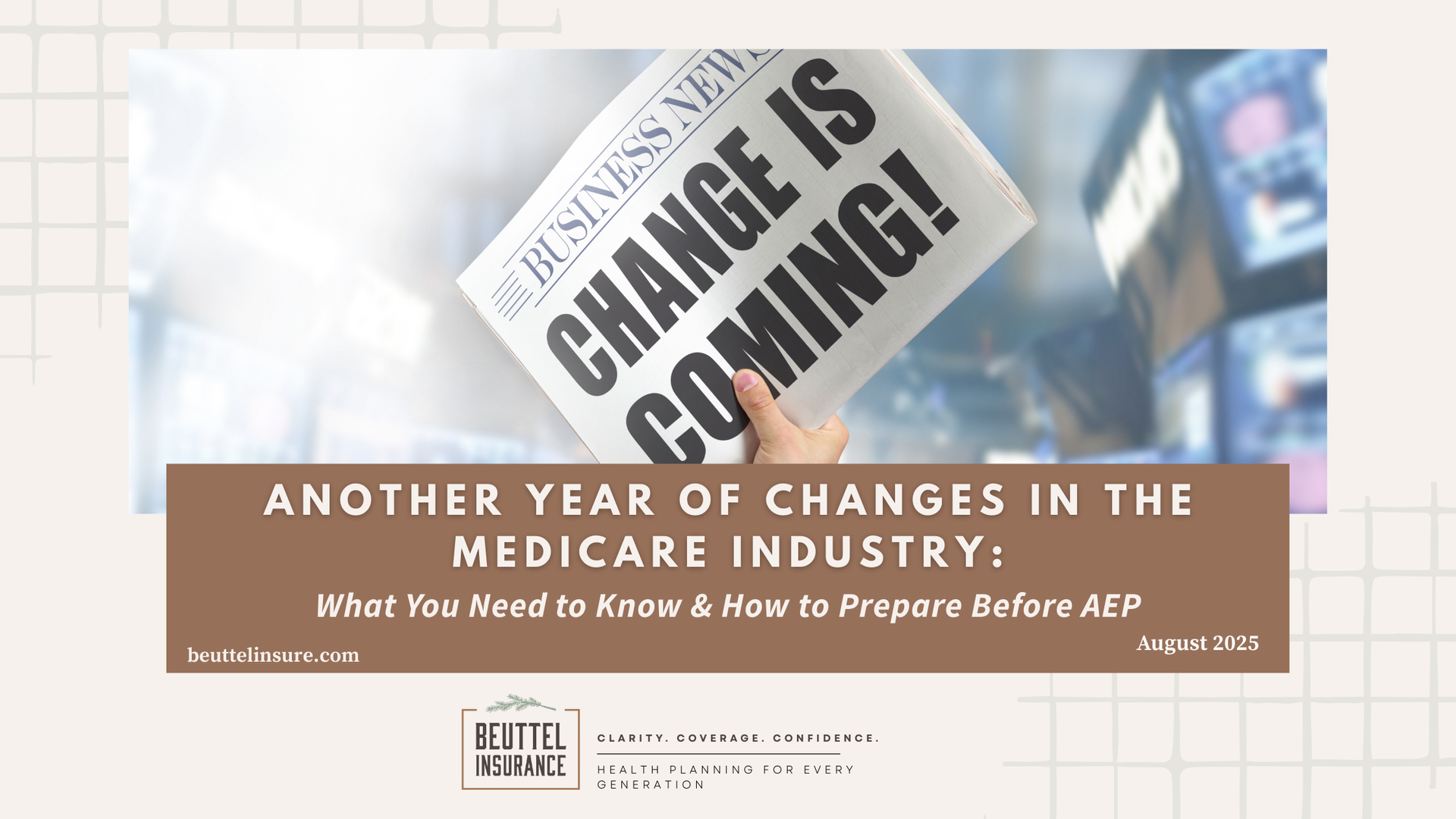2. You’re Turning 65
3 Paths to Medicare

Knowing which path is right for you & when to act — can save you money & stress.

Medicare might seem complicated, but most people qualify through one of three clear routes: turning 65, retiring or losing employer coverage, or qualifying due to disability under 65. Knowing which path fits you and when to act can save you money and stress.
Here’s a straightforward look at each path, what to expect, and tips to avoid common pitfalls.
1. You’re Retiring (or Losing Employer Coverage 65 or older)
If you’re retiring or your employer health insurance is ending around age 65, this is likely your Medicare trigger.
- You get an
8-month Special Enrollment Period (SEP) after your coverage ends to sign up without penalty.
- Employer size matters: if your employer has 20 or more employees, you can delay Part B without penalty while keeping your employer plan; if fewer, Medicare becomes your primary insurer, so enroll in Parts A and B promptly.
- Try to enroll in Medicare before your current coverage ends to avoid gaps.

Most people enter Medicare at 65 during their Initial Enrollment Period (IEP) — the 7 months around your birthday (3 months before, your birth month, and 3 months after).
- If you’re already on Social Security, Medicare Parts A and B will enroll automatically.
- If not, you need to sign up via Social Security or Medicare.gov.
- Enrolling early helps your coverage start on time.
3. You’re Under 65 and Disabled
If you’ve been receiving Social Security Disability Insurance (SSDI) for 24 months, you’re eligible for Medicare starting in your 25th month of benefits.
- For ALS, Medicare starts immediately with disability benefits—no waiting.
- For End-Stage Renal Disease (ESRD), coverage begins after about 3 months of dialysis or immediately after a kidney transplant.
- Medigap supplemental plans might be limited until you turn 65, but you get a fresh enrollment window then.
Avoid These Common Mistakes
- Waiting too long to enroll: Missing windows leads to penalties or uncovered care.
- Assuming automatic enrollment: If not on Social Security, you must actively sign up.
- Overlooking drug coverage: Don’t forget to enroll in Part D when eligible.
- Ignoring employer plan rules: Employer size can affect when Medicare should become your primary insurance.
What’s Next?
- Check your eligibility and timelines.
- Decide what Medicare plan fits your needs — Original Medicare, Medicare Advantage, or supplement plans.
- Reach out to our team and get our expert help if you’re unsure. We are here to help streamline this process and work alongside you to ensure a stress-free experience while assisting you with the proper coverage.
Navigating Medicare can be tricky — but you don’t have to do it alone.
Contact us today to schedule a free benefits review so we can evaluate all your options, ensure you enroll correctly, avoid penalties, and transition your coverage from your employer plan to your Medicare coverage.
Get on our schedule HERE.










